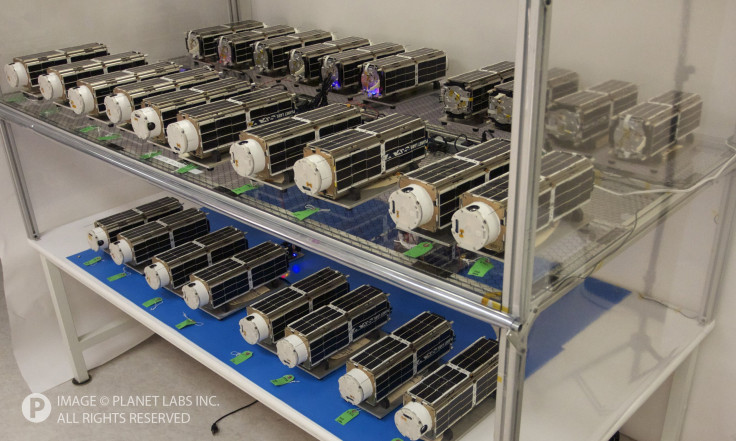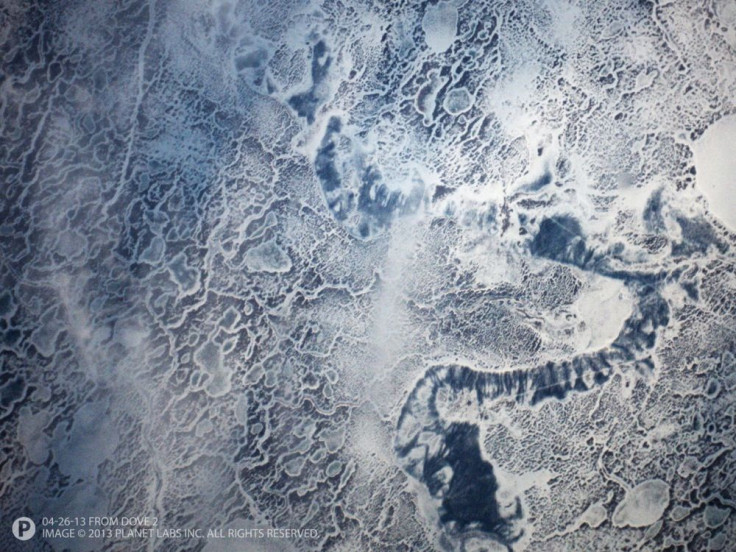Largest Flock Of 28 Dove Satellites Launched Into Orbit From International Space Station To Photograph Earth

A fleet of 28 small Earth-imaging satellites was deployed into orbit from the International Space Station on Tuesday to capture images of the planet that will allow people to view Earth from the perspective of astronauts in space, while enabling a range of humanitarian, environmental and commercial applications.
The group of satellites, called Flock 1, is considered to be the largest single constellation of Earth-imaging satellites ever to be launched into space. Built and operated by Planet Labs of San Francisco, the Flock 1 satellites are individually referred to as Doves, and are part of a class of miniature satellites often called CubeSats.
“Our company goal is to image everywhere very frequently, for everyone,” Robbie Schingler, the co-founder of Planet Labs, said in a statement. “If you image everywhere, then that actually means that you can image anywhere. That’s going to be quite transformative for a number of countries, for a number of companies, and so forth. Our monitoring capability is always on. We are always taking a picture.”
According to scientists, these small satellites will capture images of Earth, store them and transmit them when positioned over a ground station. Planet Labs will process the images and upload it online for anyone to access it.

Scientists expect that images from Flock 1 will help them identify areas for disaster relief and improve agricultural yields in developing countries around the world. The imagery can also be used to monitor deforestation and changes to polar ice caps.
In commercial applications, the imagery can assist mapping applications, real estate and construction sectors, and monitor oil and gas installations. For instance, Flock 1 can supplement or replace the need for flying a helicopter over an oil pipeline to check for a leak, according to scientists.
The Flock 1 satellites will orbit at a distance between 240 miles and 400 miles above Earth, much closer to the planet's surface than most satellites. Weather and commercial communications satellites operate at a distance of approximately 22,236 miles above Earth, as measured above the Equator.
“Our ability to build and operate spacecraft will allow us to do more with these spacecraft in the future as we begin to think about the satellite segment as a very remote server with a whole bunch of sensors on board that could be reprogrammed to do other things,” Schingler said.
© Copyright IBTimes 2024. All rights reserved.






















